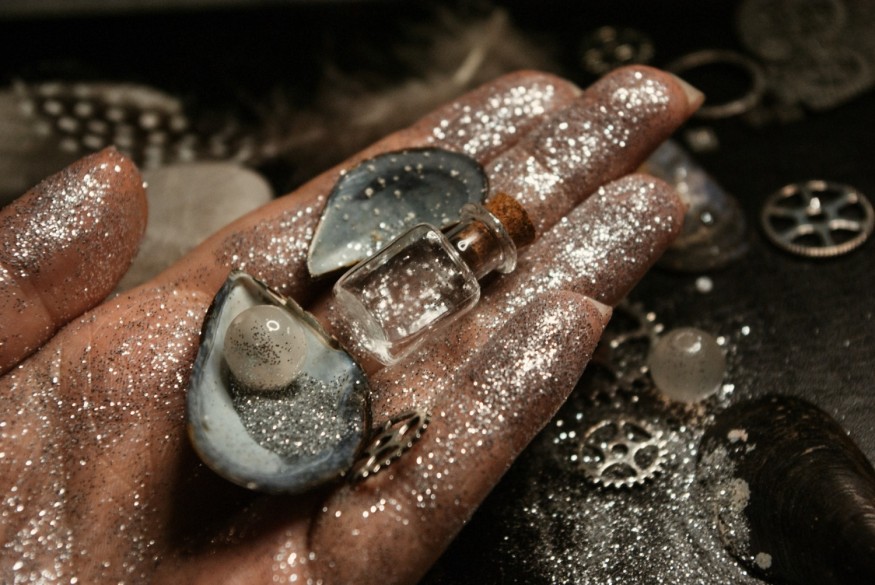
Government officials in the UK have announced a ban on glitter and the impending ban on plastic pellets as part of their ongoing campaign against microplastics.
Incoming Ban for Plastic Pellets
The proposed plan targets plastic pellets, omnipresent in plastic production, aiming for a 74% reduction in pellet pollution by the decade's end. The European Commission expects this to curtail Europe's microplastic pollution by 7%. Virginijus Sinkevičius, EU Commissioner for Environment, Oceans, and Fisheries, underscores the importance of source pollution reduction. The initiative seeks to significantly diminish microplastic pollution at the source.
Tiny plastic pellets, also called nurdles or nibs, serve as the building blocks for various everyday items like office chairs and water bottles but inadvertently escape into the environment throughout the supply chain. Gradually, they degrade into microplastics, consumed by both humans and animals. The European Commission estimates an annual release of 52,000 to 184,000 tons of plastic pellets into the EU environment.
Dana Kühnel of the Helmholtz-Centre for Environmental Research emphasizes the efficacy of preventing plastic discharge over microplastic management.
War Against Microplastics
To reduce microplastic pollution by 30% by 2030, the European Commission is implementing measures for operators handling plastic pellets. They prioritize spill prevention, containment, and cleanup. The proposal outlines best practices and mandates independent third-party certifications for larger operators, while smaller ones can self-declare compliance to ease the economic burden.
Scientific and medical experts have long expressed concerns about the health risks posed by accumulating microplastics in the human body. Although plastic pellets themselves are not immediately harmful, they break down into tiny particles capable of entering the lungs and bloodstream.
In summary, the Commission's plan seeks to minimize the impact of plastic pellets on the environment and human health, offering guidelines for operators and emphasizing lighter requirements for small and medium-sized enterprises.
Also Read : Plastic Rocks Dubbed "Plastiglomerates" Found in Remote Brazil Island Where Green Turtles Lay Their Eggs
Eleonore Fröhlich of the Medical University of Graz highlights the vulnerability of the respiratory tract due to its thin cellular lining and limited mucus. This makes it more susceptible than the gastrointestinal tract and skin to microplastic penetration. Therefore, the proposed regulation is expected to be more effective than the ban on intentionally added microplastics in consumer products that primarily contact the skin, which serves as a protective and less permeable barrier.
The proposal for the upcoming plastic pellet ban is now under consideration by the European Parliament and Council. Without action, global microplastic pollution is projected to double by 2040. Siegfried Schmuck, an expert in ocean conservation at Pew, notes that industry best practices have existed but remained voluntary for over three decades with limited adoption.
The EU Commission's proposal provides an opportunity to hold the industry accountable by making these practices mandatory, potentially reducing the EU's third-largest source of microplastic pollution.
Glitter Ban Panic
On Sunday, a different restriction on some cosmetics and glitter goods that include microplastics went into effect. Influencers were alarmed by the action, which increased sales in Germany.
Related Article s : Microplastics Found Inside Human Hearts During Cardiac Surgery of 15 Patient
© 2025 NatureWorldNews.com All rights reserved. Do not reproduce without permission.





